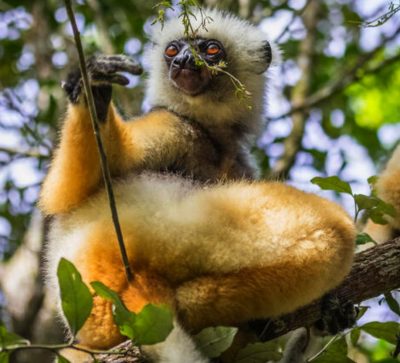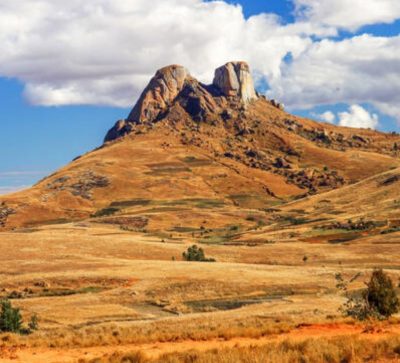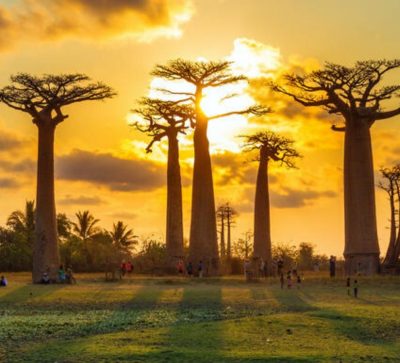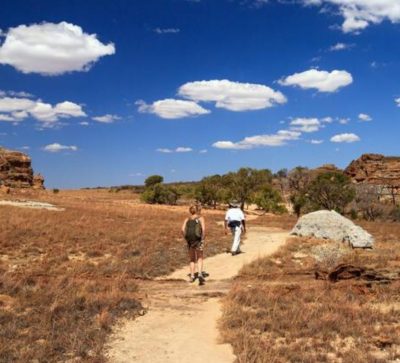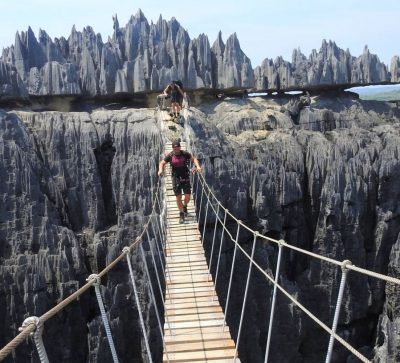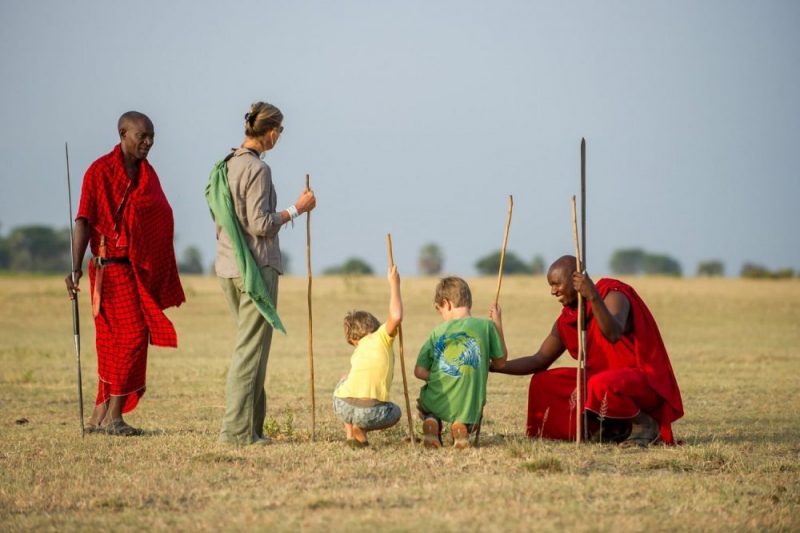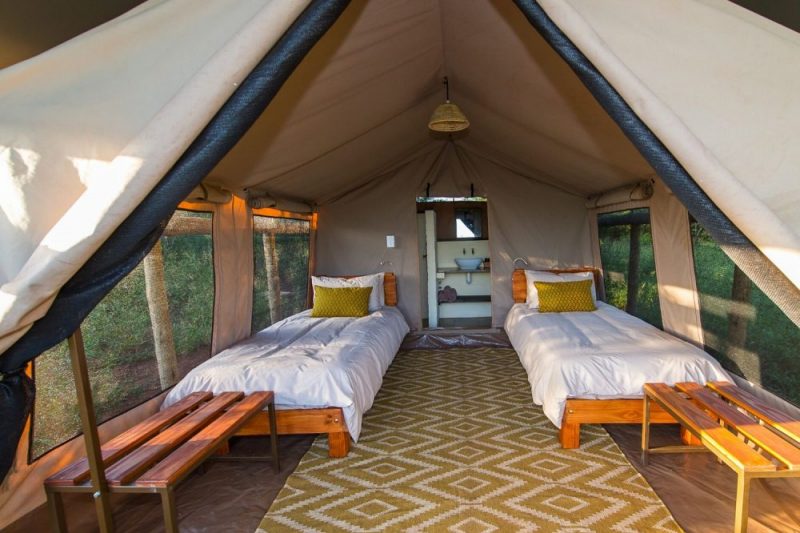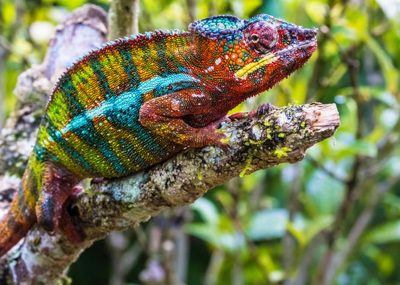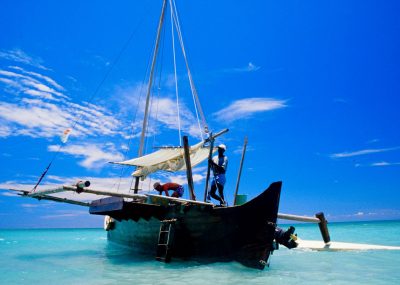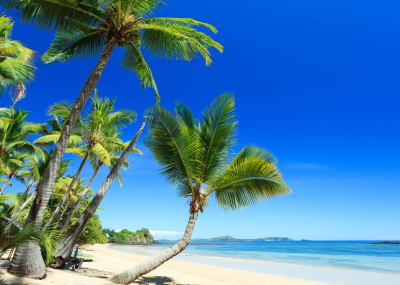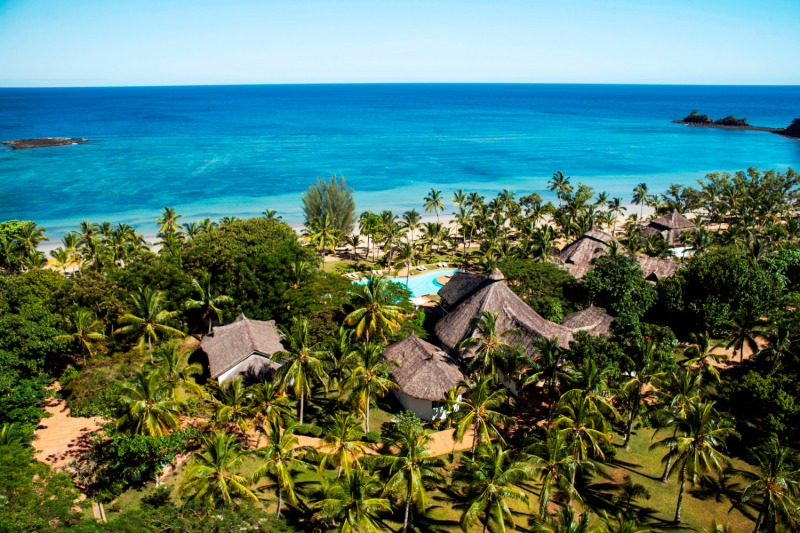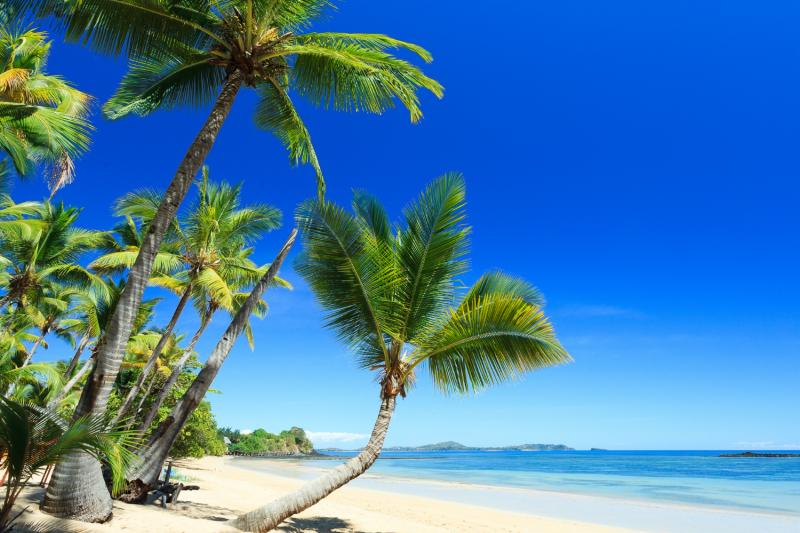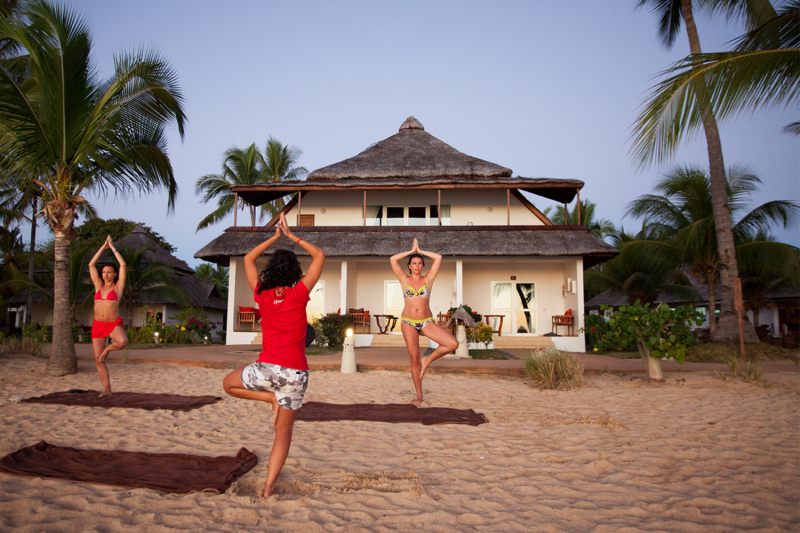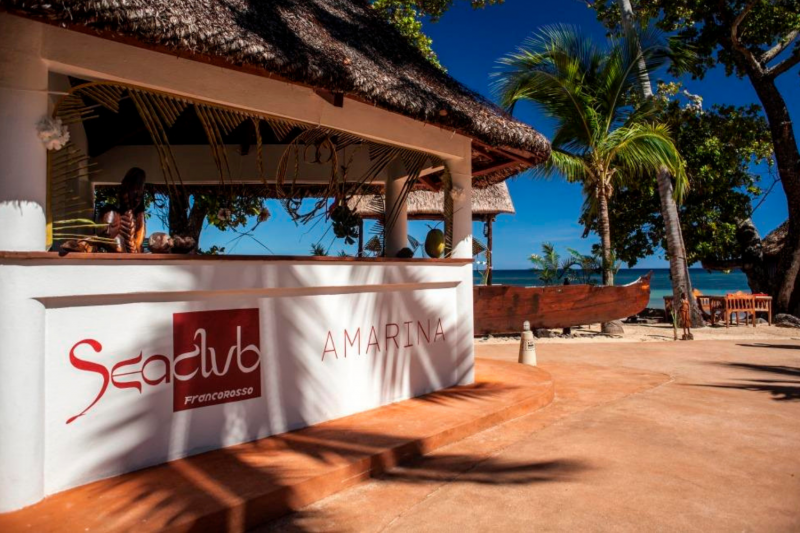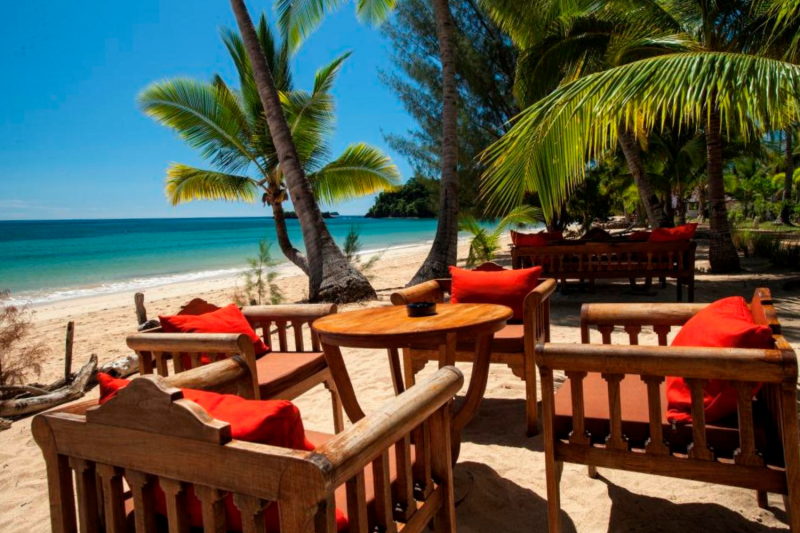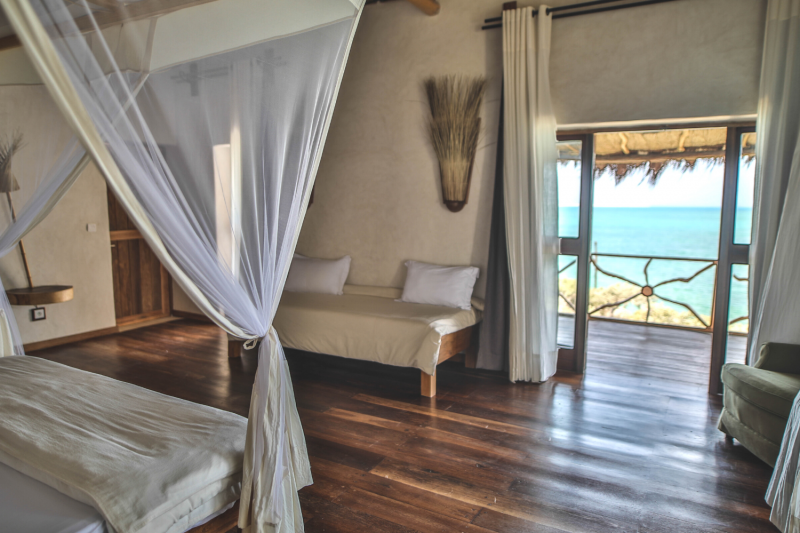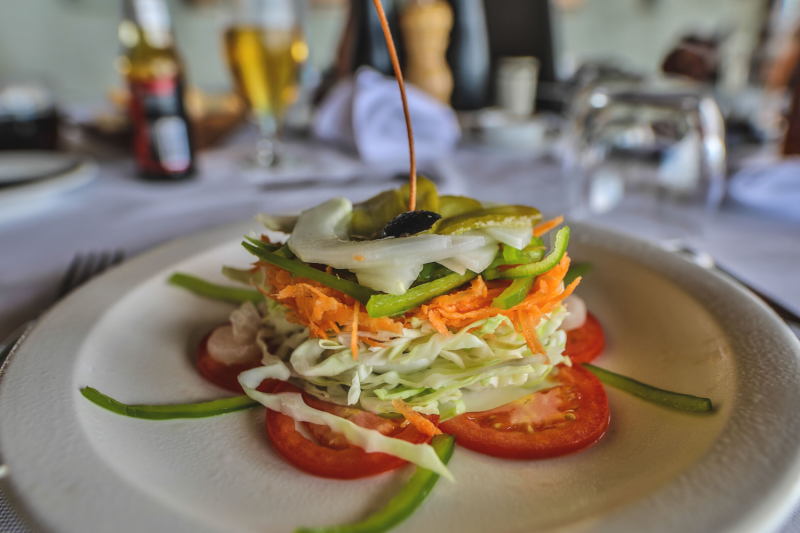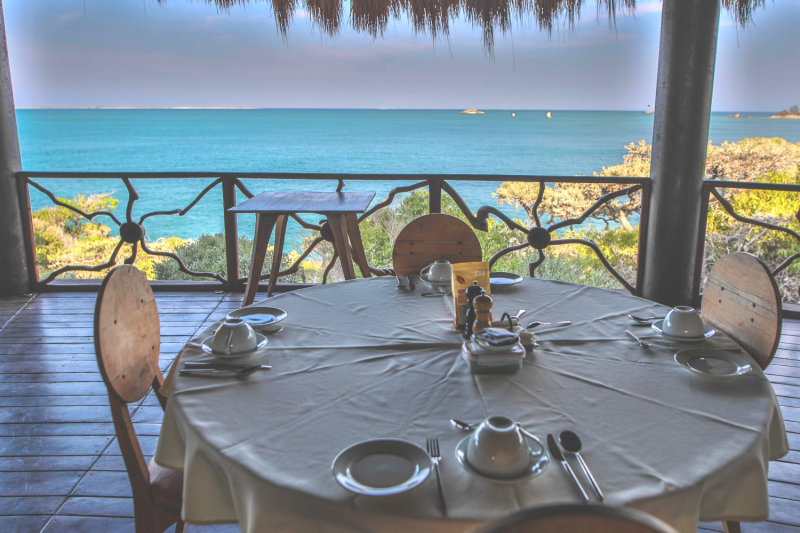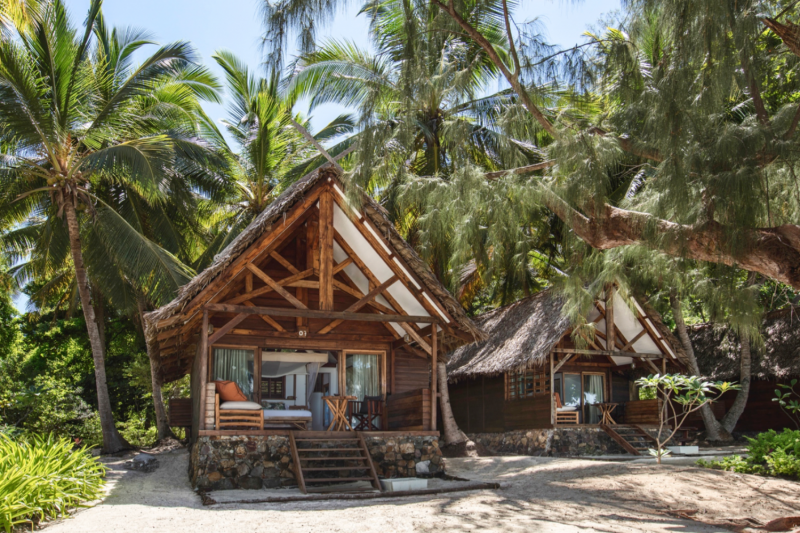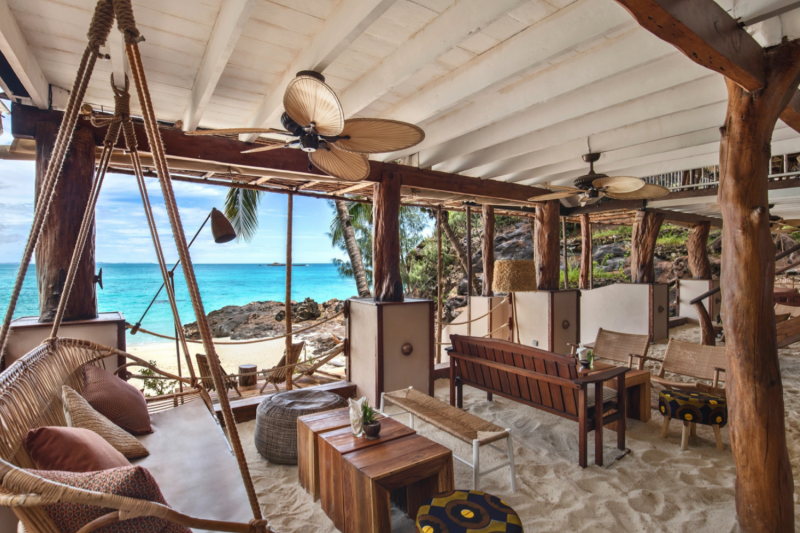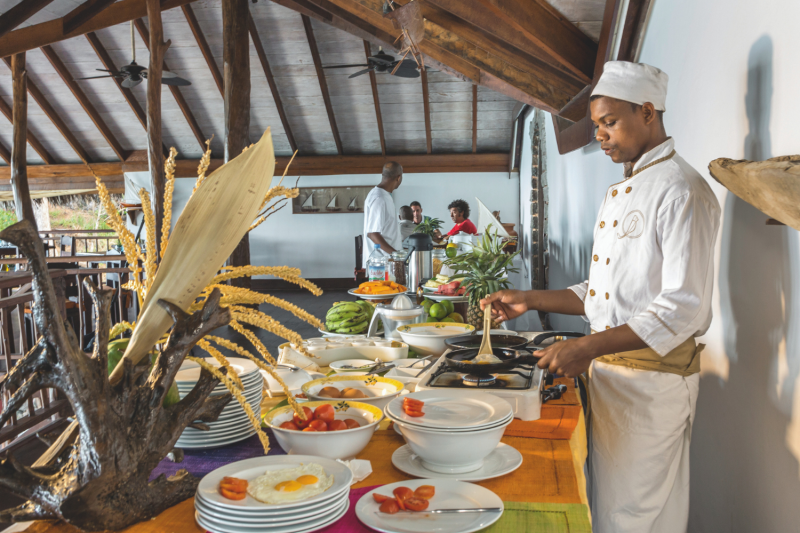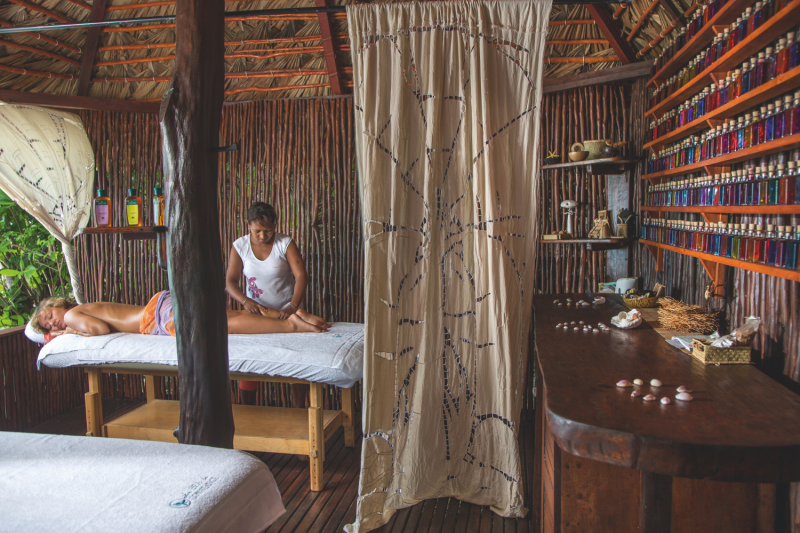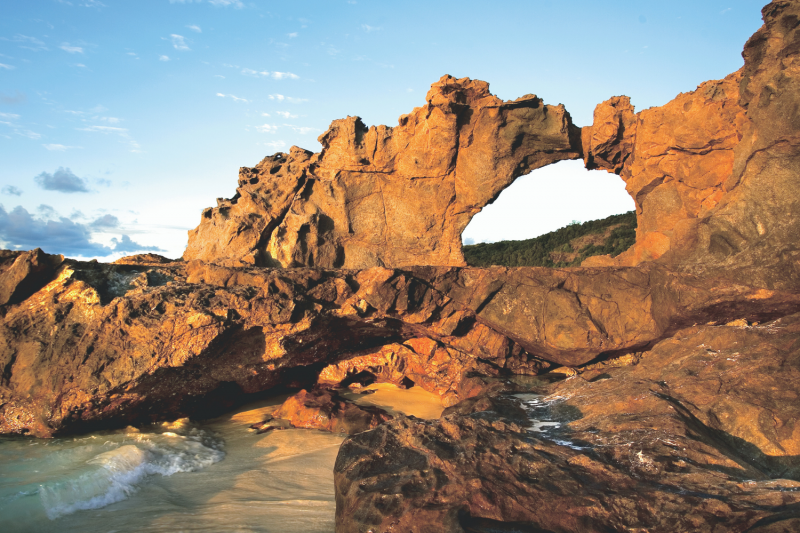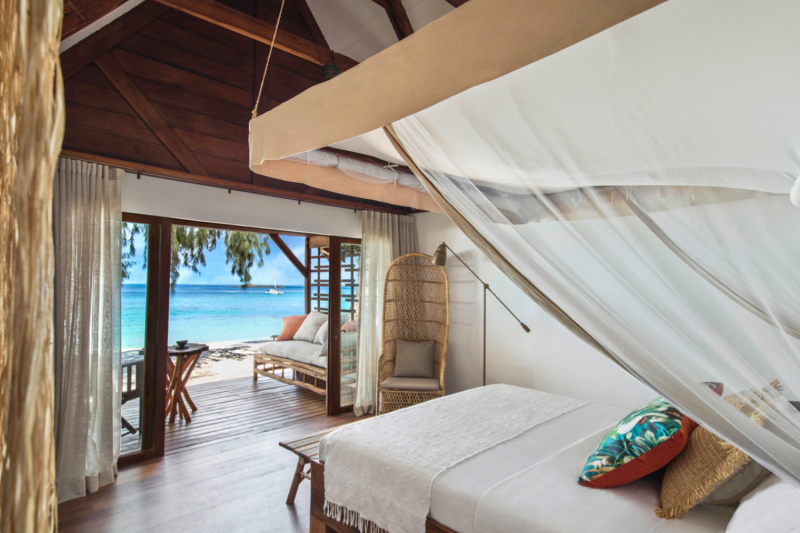Madagascar has many different climate zones. This makes the landscape very diverse: from the fertile highlands to the dry south, and from rainforest to tropical coastal areas and idyllic beaches with many sailing, diving and snorkeling opportunities. Every year, humpback whales look for the rich underwater world during their migration. This ‘red island’, as Madagascar is also called, houses a dozen beautiful nature parks. It contains many endemic flora and fauna: plants and animals that only occur in Madagascar. A part of it lives nowhere else in the world, like many species of half apes, reptiles (including chameleons), orchids, palms, not to mention some species of the sacred baobab tree. The island is also a paradise for birdwatchers. Rice is grown on a large scale and you can even find tea plantations. In Madagascar you are in all respects between Asia and Africa. ‘A continent in itself’.





